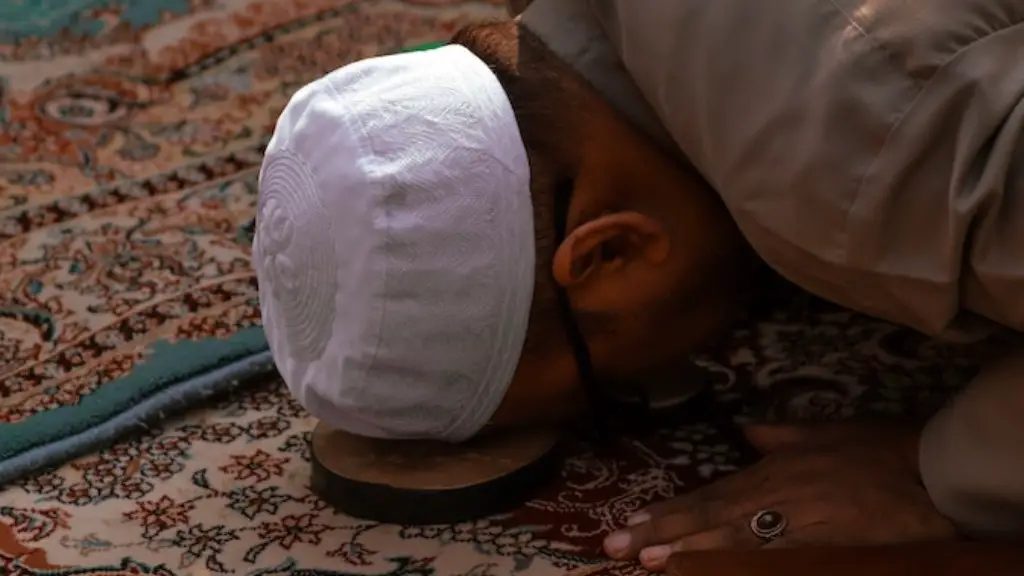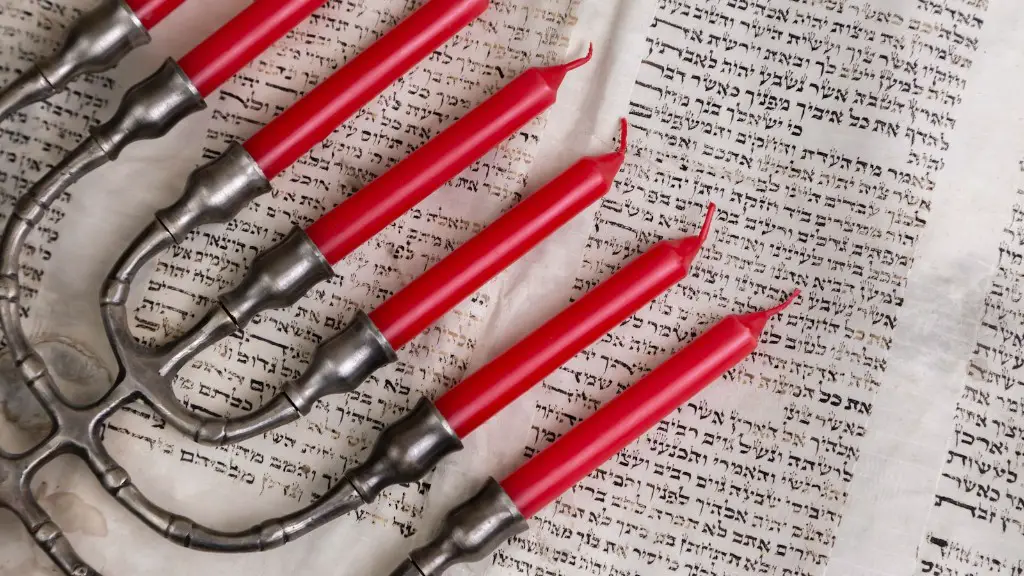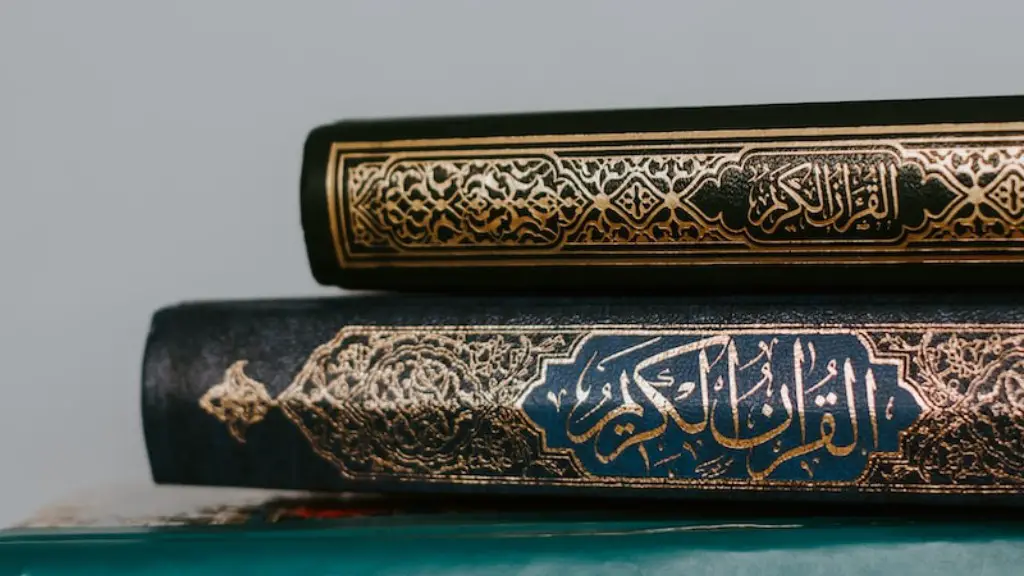What Is Janeu in Hinduism
Hinduism is a religion of many symbols, rituals, and customs, and the janeu is one of the most important of these. The janeu is a sacred thread worn by Hindu males, and it is a symbol of their commitment to live a life of dharma, or righteousness. The janeu ritual originates from the scriptures of the Rigveda, which is the oldest and most sacred text in Hinduism. The ritual involves taking a vow to uphold the principles of dharma and to lead a life of righteousness, and it is an important part of Hindu culture and tradition.
The janeu is traditionally worn around the neck, wrists and across the chest, and is composed of three strings of cotton or wool. The string is held together with a knot and is known as the Brahmanical knot. This knot symbolises the ties that bind the individual to the world, and to the Hindu religion. It is a reminder of the individual’s commitment to live a righteous life, and to serve and obey the deities of the Hindu pantheon. During the initiation ceremony, the priest will tie the janeu around the initiate’s neck, wrists, and chest in a specific pattern, signifying the importance of the ritual.
The janeu is also an important part of other important Hindu rituals, including a ceremony known as the Upanayanam. This ceremony usually occurs when a boy reaches the age of seven, and it is a significant milestone in the life of a Hindu boy. During this ceremony, a priest will tie the janeu around the boy’s neck, and the boy will be initiated into the religion. He will then begin to study the scriptures of the Vedas, the holy books of Hinduism.
It is believed that the janeu confers spiritual powers and knowledge upon the wearer, and it is a source of great pride and respect for the Hindu person. It is also a mark of distinction, and it is seen as a symbol of purity. The janeu is an outward sign of faith and commitment to the Hindu religion, and is a visible reminder of the individual’s commitment to uphold the principles of dharma in life.
Significance of Janeu
The janeu holds immense significance in Hinduism, and it is considered to be a symbol of strength and courage. It is also a reminder of the individual’s commitment to the beliefs and values of Hinduism, and it is a sign of purity and devotion. The janeu is not only a symbol of spiritual strength and commitment but also a sign of social status in Hindu culture. Those who wear the janeu are considered to be the protectors of their families and the keepers of their traditions.
The janeu is also a reminder of the individual’s duty to serve and fulfil the divine will. It is believed that by wearing the janeu, the individual is committing to uphold the principles of Dharma, and to serve the gods and protectors of the Hindu faith. The janeu helps to inspire and remind the individual to seek understanding and knowledge, and to lead a righteous and honorable life.
In addition to its spiritual and religious significance, the janeu also carries considerable cultural and symbolic significance. In Hindu culture, the janeu is a sign of social status and wealth, and it is seen as a mark of distinction. Those who wear the janeu are considered more spiritually mature and more privileged than those who do not. It is also a visible symbol of commitment to Hinduism and its values.
The janeu is a central part of many Hindu rituals and ceremonies. In addition to the Upanayanam, the janeu is used in a variety of other rituals, including weddings, anniversaries, and other important occasions. During a wedding ceremony, for example, the bride and groom will exchange garlands of janeu, which is a traditional act of blessing and commitment. During a holy festival such as Diwali, Hindus will often wear garlands of janeu as a sign of their devotion to the gods and their faith. Other rituals that involve the janeu include the death rituals, in which the deceased’s janeu is placed in his or her mouth as a sign of blessing.
The janeu is also an important part of religious ceremonies such as poojas, during which prayers and offerings are made to the gods. During the pooja, the priests will offer the janeu to the deity and it is seen as a sign of devotion and respect. The janeu is also a common sight in temples, where worshippers will often be seen wearing them in a sign of faith and worship.
The janeu is seen as an important symbol of the Hindu faith and its commitment to dharma and righteousness. It has been worn for centuries and is an important part of Hindu culture, tradition, and ritual. The janeu is a reminder of the individual’s commitment to live a righteous and honorable life, and to serve the gods and protectors of the Hindu pantheon.
Rules relating to Janeu WearingThe janeu is an important symbol of the Hindu faith, and it carries with it certain rules and regulations. It is important to follow these rules in order to maintain the sanctity of the symbol. For example, it is forbidden to wear the janeu while bathing, as it is considered disrespectful. Additionally, Hindus are not allowed to wear the janeu when they are in mourning, or when they are menstruating, as this is considered to be polluting the symbol.
Apart from these general rules, Hindus are also required to observe other specific rules while wearing the janeu. Hindus must never let their janeu touch impure substances, such as alcohol, meat, or excrement, as this is seen as polluting the symbol. The janeu should also never be allowed to become untied or broken, as this is considered disrespectful. Hindus are also expected to keep the knot of their janeu clean at all times.
Additionally, Hindus should also not wear their janeu outside of their clothing, as this is seen as disrespectful. It is also forbidden to place the janeu near or on anything impure, such as non-vegetarian food or anything of animal origin. In some cases, Hindus may be asked to remove the janeu before entering certain sacred places, such as some temples.
Hindus celebrate various ceremonies and festivals related to the janeu. These ceremonies are observed to celebrate the ritual of initiation into Hinduism, as well as the religious principles associated with the janeu. One of the most popular janeu-related festivals is Akshaya Tritiya, which is celebrated every year on the third day of the Shukla Paksha, the bright half of the Hindu lunar month. During this festival, Hindus will often donate janeus to their children, to mark the start of their religious life.
Another important janeu-related festival is Ratha Saptami, which is observed on the seventh day of the Hindu lunar month of Magha. During this festival, a special ritual known as the “Ratha Saptami Puja” is performed. During the ritual, the janeu is put around a clay horse model, called “Agrasarovar”, for the purpose of sanctifying the individual and the family. This ritual is believed to bring strength, courage, and knowledge to the individual and the family.
Additionally, many other festivals and rituals are observed that involve the janeu as a symbol of commitment to dharma. These include the Mauni Amavasya, Raksha Bandhan, and the Pushya Nakshatra. Each of these festivals marks a significant event in Hinduism and is celebrated accordingly, with the wearing of the janeu.
Conclusion
The janeu is an important symbol in Hinduism, and it is a visible reminder of the individual’s commitment to the religion and its values. The janeu is a sign of strength, courage, and purity, and it is a source of pride and respect for Hindus. It is also a symbol of commitment to dharma, and is a reminder of the individual’s duty to serve and fulfil the divine will. The janeu is an important part of various Hindu rituals and ceremonies, and it is celebrated during various festivals and rituals.



